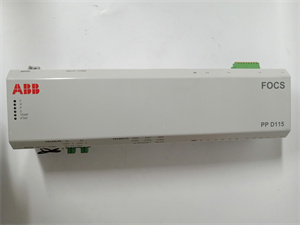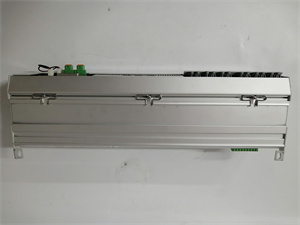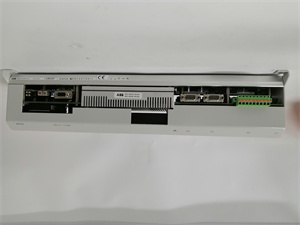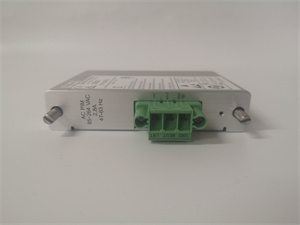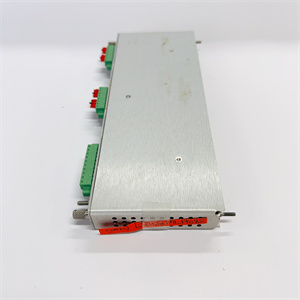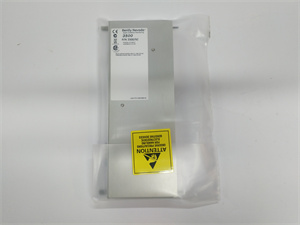Description
ABB PPD115A102 Product Specification
1. Product Description
The ABB PPD115A102 is a high-performance processor module designed for industrial automation systems, optimized for the AC 800PEC controller platform. Engineered for real-time control and process automation, it combines a dual-core industrial CPU with advanced I/O handling, supporting cycle times as low as 100 μs. The module features redundant Ethernet/IP and PROFIBUS DP interfaces, ensuring seamless integration into complex industrial networks. Its compact design (IP20 protection) and DIN-rail mounting make it suitable for diverse environments, while compatibility with ABB Ability™ System 800xA enables scalable, future-proof solutions. The PPD115A102 prioritizes reliability with a fail-safe storage system, EMC certification, and industrial-grade components, reducing downtime in critical applications.
2. Technical Parameters
| Parameter | Specification |
|---|---|
| Voltage | 24V DC (±10%) |
| Cycle Time | 100 μs (minimum) |
| Processor | Dual-core 64-bit industrial CPU (1 GHz) |
| Memory | 4 GB RAM, 16 GB flash (fail-safe file system) |
| Communication Interfaces | Ethernet/IP (10/100 Mbps, redundant), PROFIBUS DP, Modbus RTU |
| I/O Capacity | Up to 10,000 I/O points (via expansion modules) |
| Environmental Range | Temperature: -20°C to +60°C; Humidity: 5–95% (non-condensing) |
| Mounting | DIN-rail (35 mm) or panel-mounted |
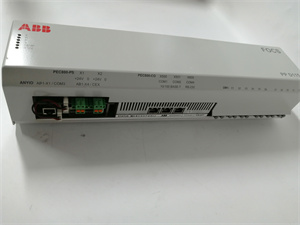
PPD115A102
3. Advantages and Features
- High-Speed Processing: Dual-core architecture and 100 μs cycle time enable real-time control for demanding applications (e.g., robotics, high-speed manufacturing).
- Modular Scalability: Supports step-by-step expansion with ABB’s I/O modules (e.g., AI, AO, DI, DO) and communication gateways.
- Reliability: Industrial-grade design (no moving parts), EMC/EMI protection, and redundant power inputs ensure stable operation in harsh conditions.
- Energy Efficiency: Low power consumption (≤25W) and sleep-mode optimization reduce operational costs.
- Integration Flexibility: Native compatibility with ABB’s 800xA DCS, PLCopen standards, and tools (IEC 61131-3, MATLAB®/Simulink®).
4. Application Areas and Use Cases
- Industries: Manufacturing (e.g., automotive, food & beverage), energy (power generation, renewables), and oil & gas.
- Scenarios: Machine control, conveyor systems, distributed control systems (DCS), and predictive maintenance.
- Case Study: A automotive plant integrated the PPD115A102 into its assembly line control system. The module’s real-time diagnostics and redundant communication reduced downtime by 20%, while its modular design simplified retrofitting of new robotic arms, accelerating production line upgrades.
5. Competitive Differentiation
Compared to similar PLC modules, the PPD115A102 offers:
- Dual-Core Redundancy: Parallel processing for critical tasks, minimizing single-point failures.
- Advanced Diagnostics: Built-in predictive analytics (e.g., temperature monitoring, memory usage) to identify faults proactively.
- Long-Term Support: Backward compatibility with ABB’s legacy systems (e.g., AC 800M) and a 15-year lifecycle guarantee.
- Space Savings: 30% smaller footprint than legacy models without compromising performance.
PPD115A102
6. Selection Recommendations
- Compatibility: Ensure alignment with existing ABB systems (e.g., AC 800PEC, 800xA) and network protocols (e.g., Ethernet/IP for discrete manufacturing).
- Environment: Choose IP20 for indoor use or IP65 enclosures for dusty/humid environments.
- Performance: Match cycle time and I/O requirements (e.g., 100 μs for motion control vs. 1 ms for process logic).
- Budget: Balance upfront costs with long-term savings from reduced maintenance and energy efficiency.
7. Installation and Maintenance Notes
-
Safety: Follow ABB’s EMC guidelines; ground the module properly to prevent interference.
-
Cooling: Maintain airflow (≤60°C ambient); avoid direct sunlight or heat sources.
-
Software: Use ABB Automation Builder for configuration and firmware updates (critical for security patches).
-
Redundancy: Enable dual Ethernet ports for fault-tolerant systems (e.g., in power plants).
-
Maintenance: Schedule annual health checks via the module’s web interface; replace batteries (for real-time clock) every 5 years.

